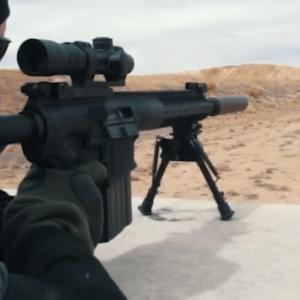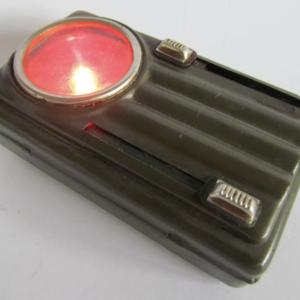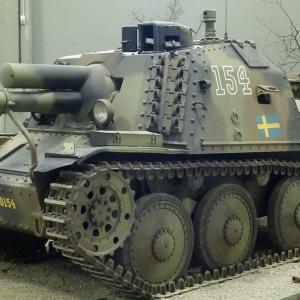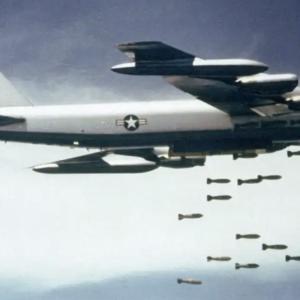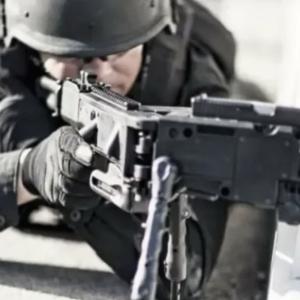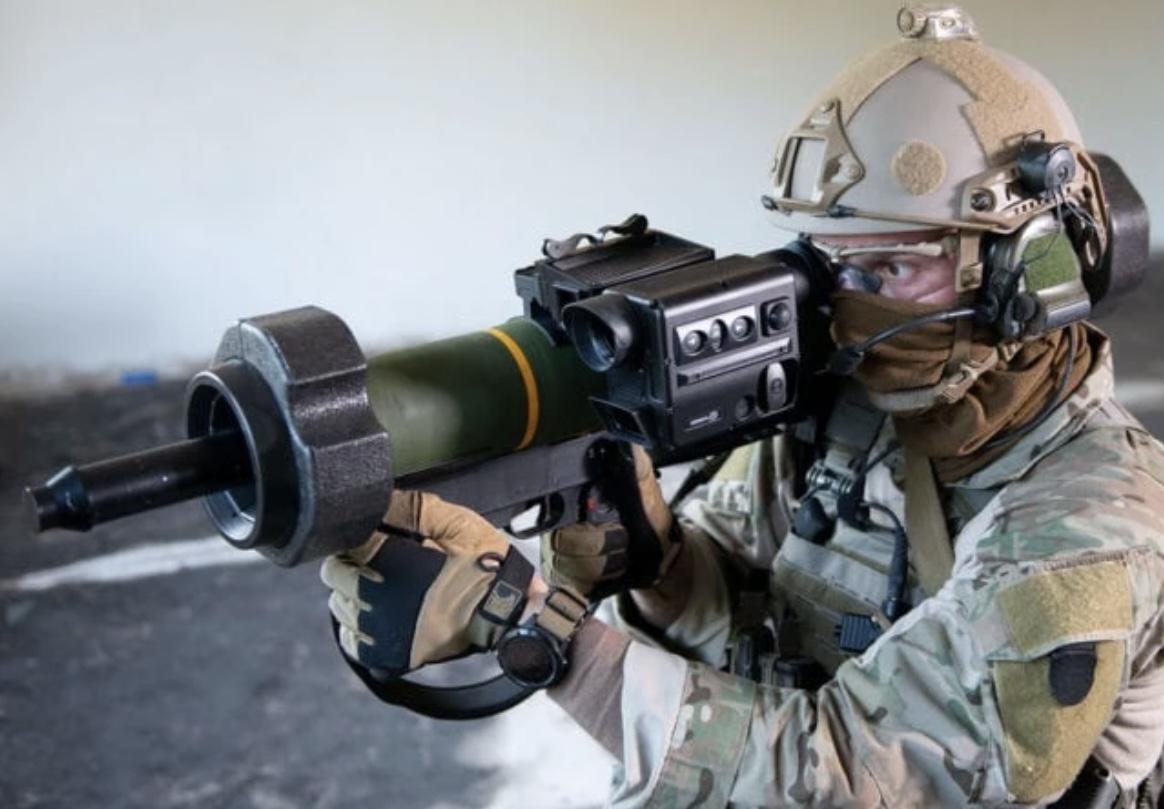
Matador 90 mm
The 90mm shoulder-launched anti-tank and anti-structure weapon developed jointly by Germany, Israel, and Singapore is a modern solution designed for versatility in both urban and open combat. The project was initiated to replace older systems like the Armbrust, providing improved firepower and adaptability. Development was carried out by Dynamit Nobel Defence, Rafael Advanced Defence Systems, and Singapore’s Defence Science & Technology Agency, with manufacturing support from ST Kinetics.
Named for its dual role in engaging armoured targets and breaching structures, this weapon is known internationally under various designations including RGW-90, Panzerfaust 90, and Wirkmittel 90. It is a single-use, disposable launcher designed to be shoulder-fired, using a countermass system to allow safe operation from confined spaces—an essential feature for urban warfare. Equipped with a basic optical sight, the weapon requires no complex setup, making it ideal for infantry use.
Several variants exist to address different tactical needs. One key version offers a dual-mode warhead that switches between HEAT (High-Explosive Anti-Tank) for armoured threats and HESH (High-Explosive Squash Head) for demolition of walls and fortifications. Other specialized types include anti-structure models for targeting bunkers, wall breaching versions to create entry points in buildings, and extended-range types that can be fitted with programmable airburst or fragmentation rounds.
It fires a 90mm projectile preloaded in a single-use tube. Depending on the variant, muzzle velocity ranges from 200 to 250 meters per second. Effective direct-fire range is typically between 20 and 500 meters, with some longer-range configurations reaching up to 1,200 meters for specific roles. In HEAT mode, the projectile can penetrate up to 500mm of rolled homogeneous armour. Against structures, the HESH mode is capable of breaching thick masonry or concrete with considerable force.
Accuracy is a key advantage. With a stable flight path and high velocity, the system has a high probability of hit, especially within its effective range. Against NATO-standard vehicle-sized targets at 500 meters, hit probability exceeds 90% for trained operators.
Multiple countries currently employ the weapon. Singapore, one of the original partners, fields it extensively in its armed forces. The German military has adopted several variants under the RGW-90 designation, using them in both anti-structure and long-range roles. Israel has integrated it into its urban combat doctrine. Other users include Belgium, Slovenia, Slovakia, and Croatia. During the ongoing conflict with Russia, Ukraine has received thousands of units for use against armoured vehicles and fortified positions.
Exact production numbers remain undisclosed, but deliveries over the years number in the thousands. For example, Ukraine received over 5,000 units in a single procurement round, and many similar deliveries have been made to other allied nations.
This weapon provides modern infantry with a compact, powerful, and flexible tool for defeating both armoured and hardened threats. Its ease of use, single-shot simplicity, and ability to operate from enclosed spaces make it particularly well-suited for contemporary warfare environments, especially in urban and mixed-terrain operations.

